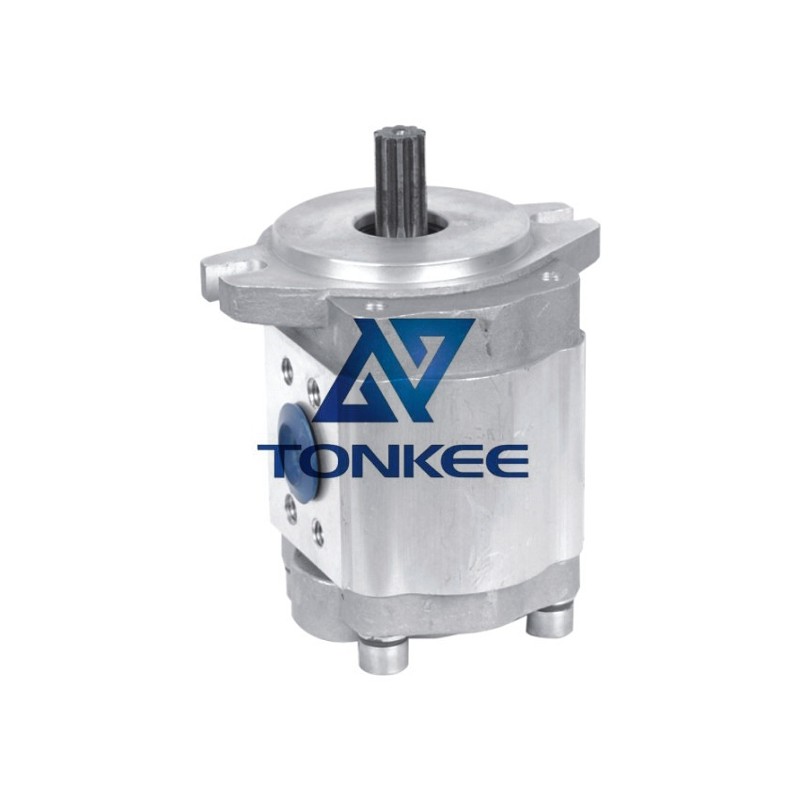
One of the key specifications of the UH07-7 gear pump is its flow rate.
It is capable of delivering a maximum flow rate of X gallons per minute (GPM), making it suitable for applications that require a moderate to high hydraulic fluid flow. This flow rate ensures that the hydraulic system operates efficiently and delivers the necessary power to various components.
The pump is designed to operate at a maximum pressure of Y pounds per square inch (PSI). This high-pressure capability allows it to handle demanding applications that require a significant amount of force. The pump's ability to maintain pressure ensures that the hydraulic system functions reliably and provides the necessary force for tasks such as lifting heavy loads or operating hydraulic cylinders.
In terms of construction, the UH07-7 gear pump features a compact and robust design. It consists of two meshing gears that rotate to create a pumping action. These gears are precision-engineered to minimize internal leakage and maximize volumetric efficiency. The use of high-quality materials ensures the pump's longevity and resistance to wear, even in harsh operating conditions.
The UH07-7 pump is driven by a hydraulic motor or an engine through a shaft connection.
It can be operated at different speeds depending on the application's requirements. The pump's speed affects the flow rate and pressure it delivers, allowing for flexibility in various hydraulic systems.
The pump's installation and maintenance are relatively straightforward. It can be mounted in different orientations, providing versatility in system design. Regular maintenance includes checking and replacing the pump's seals, monitoring fluid levels and cleanliness, and ensuring proper alignment and lubrication. Following the manufacturer's guidelines for maintenance will help prolong the pump's lifespan and optimize its performance.
The UH07-7 gear pump is known for its low noise operation, which is important in applications where noise reduction is a priority. It is also known for its high efficiency, as it minimizes power losses during operation. This efficiency translates into reduced energy consumption and cost savings over time.



 English
English Türkçe
Türkçe


